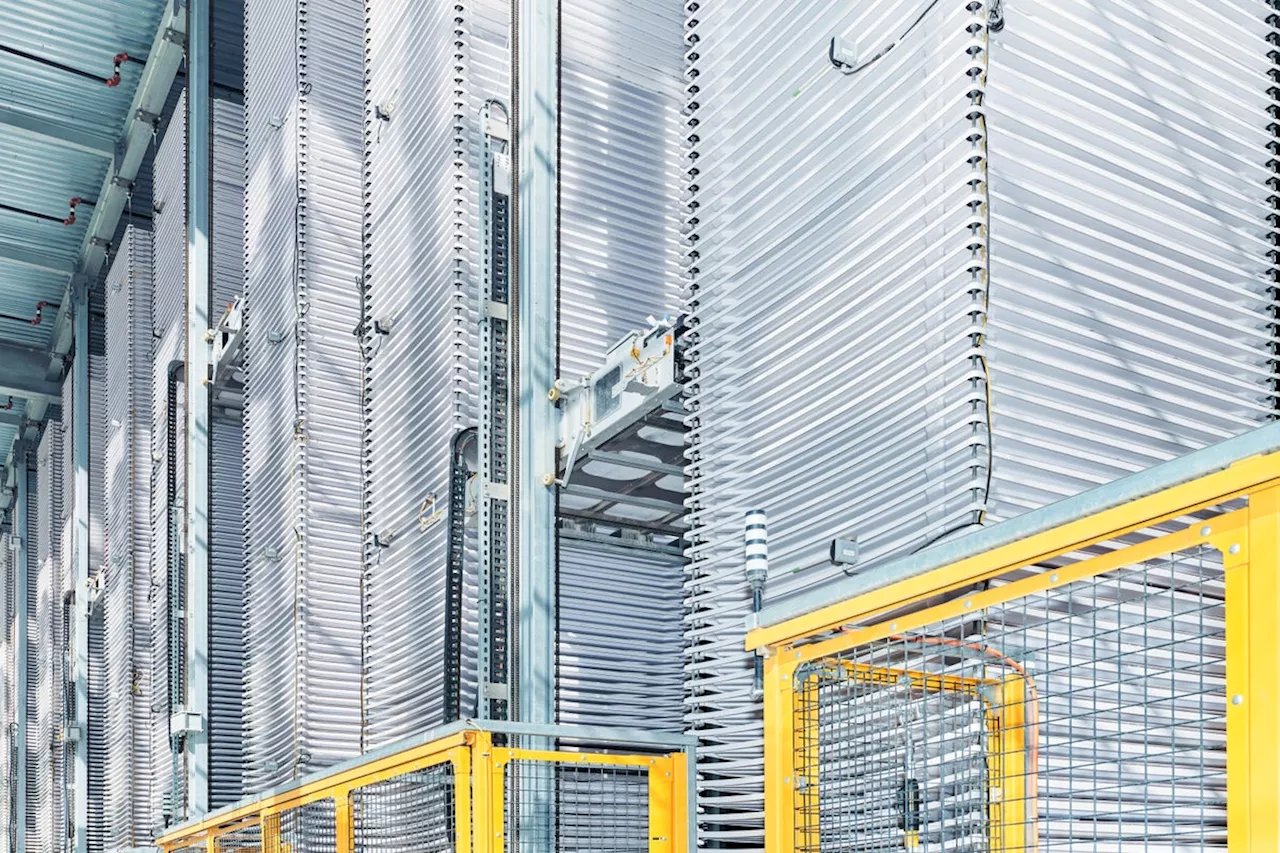Tech firms, oil companies and the U.S. government are investing billions of dollars in carbon capture technology to suck greenhouse gases out of the atmosphere. Can it save the warming world?
) on plastic trays at the Heirloom Carbon pilot plant in California’s Silicon Valley absorbs carbon dioxide from the air.ne evening in late 1997, 11-year-old Claire Lackner walked into her dad’s study looking for an idea for an experiment for her sixth-grade science class. Her dad, Klaus Lackner, happened to be a physicist working on nuclear fusion at Los Alamos National Laboratory.
But Samala was growing concerned about climate disasters, including in India. The 2018 report by the Intergovernmental Panel on Climate Change , which for the first time said carbon removal would probably be required to keep global warming to 1.5 degrees C, convinced him that “there is no future of the planet” without the technology. Two years later heHeirloom with Noah McQueen, a chemical engineering Ph.D. student.
Alongside equipment, energy is the main cost. The million-metric-ton Project Cypress will consume as much electricity as 230,000 U.S. homes. Removing a billion metric tons would require up toto meet its renewable-energy goals. Critics have argued that investments in DAC would be better spent on replacing natural gas and coal power, which still generatein the atmosphere over two decades than replacing a coal plant with that same wind power, according to a 2019by Mark Z.
But Emily Grubert, a University of Notre Dame sociologist who previously worked for the DOE on DAC hubs, says “paying the oil companies to stop doing oil” is fruitless. She and others argue that the carbon-removal industry should be nationalized, with the government limiting emissions and paying for capture, akin to municipal garbage collection for the atmosphere. Activists such as Ozane have called for the hubs to be at least partially owned by communities.
United States Latest News, United States Headlines
Similar News:You can also read news stories similar to this one that we have collected from other news sources.
Stunning Multi-Frame Overlay Captures Epic 100m FinalThis photo tells thousands upon thousands of words.
Read more »
 World's 'best-performing' quantum computing chip could be used in machines by 2027, scientists claimOwen Hughes is a freelance writer and editor specializing in data and digital technologies. Previously a senior editor at ZDNET, Owen has been writing about tech for more than a decade, during which time he has covered everything from AI, cybersecurity and supercomputers to programming languages and public sector IT.
World's 'best-performing' quantum computing chip could be used in machines by 2027, scientists claimOwen Hughes is a freelance writer and editor specializing in data and digital technologies. Previously a senior editor at ZDNET, Owen has been writing about tech for more than a decade, during which time he has covered everything from AI, cybersecurity and supercomputers to programming languages and public sector IT.
Read more »
 Ammunition Vending Machines Are Spreading Across AmericaColorado got its first ammunition vending machine outside of a grocery store near Denver this week. Other states will be following.
Ammunition Vending Machines Are Spreading Across AmericaColorado got its first ammunition vending machine outside of a grocery store near Denver this week. Other states will be following.
Read more »
 Will implants that meld minds with machines enhance human abilities?Devices that let people with paralysis walk and talk are rapidly improving. Some see a future in which we alter memories and download skills – but major challenges remain
Will implants that meld minds with machines enhance human abilities?Devices that let people with paralysis walk and talk are rapidly improving. Some see a future in which we alter memories and download skills – but major challenges remain
Read more »
 Company behind ammo vending machines plans to expand in more states, including CaliforniaColorado will see its first ammo vending machine go up this week at a grocery store southwest of Denver.
Company behind ammo vending machines plans to expand in more states, including CaliforniaColorado will see its first ammo vending machine go up this week at a grocery store southwest of Denver.
Read more »
 Company behind ammo vending machines plans to expand in more states, including CaliforniaColorado will see its first ammo vending machine go up this week at a grocery store southwest of Denver.
Company behind ammo vending machines plans to expand in more states, including CaliforniaColorado will see its first ammo vending machine go up this week at a grocery store southwest of Denver.
Read more »
